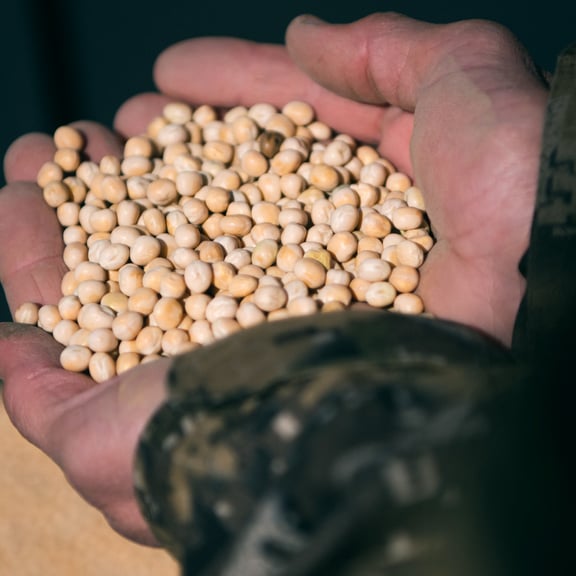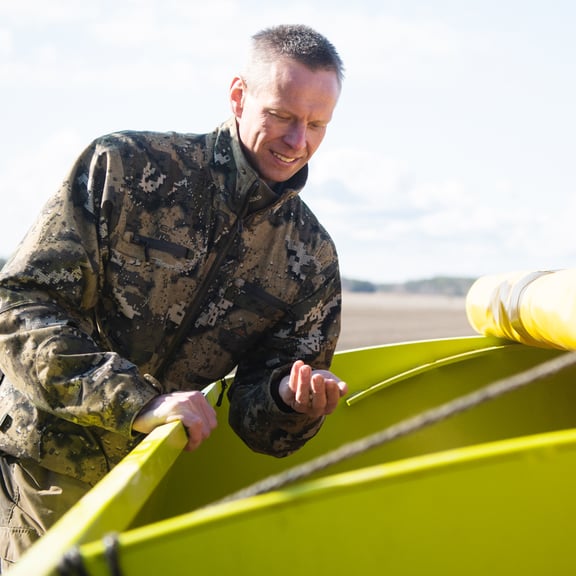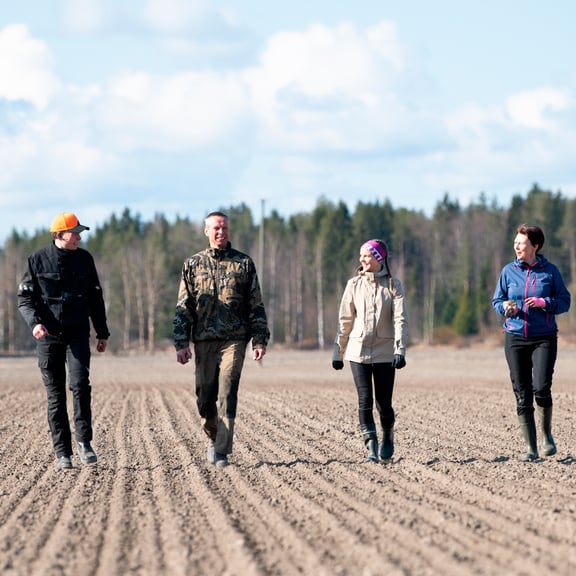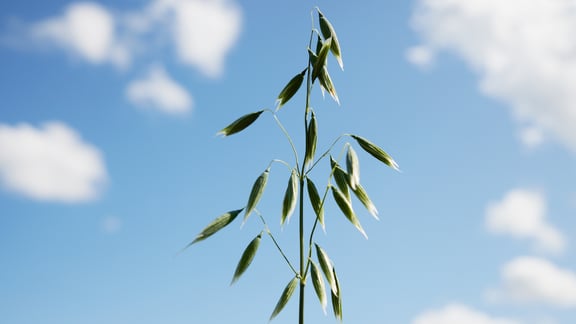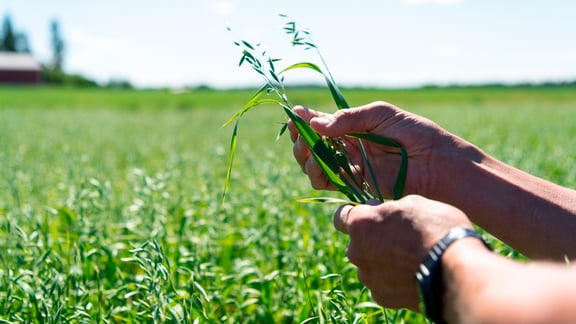How does a farmer know when it’s time to begin sowing?
Home gardeners know when to begin planting trees, shrubs, and perennials after the frost thaws. Does the same apply to farmers, and how does a farmer know when it’s time to begin sowing?
Mikko believes that the most important thing is for farmers to walk their fields and keep track of how spring is affecting the condition of the ground for sowing. If the field is too wet or icy, it’s best to be patient and wait for the right time. “When the field is ready to sow, we actively follow all weather forecasts. I make decisions on when to start and end work based on the weather forecasts. If, for example, the weather forecast shows an approaching rain front, I will stop work for that day and continue in fairer weather,” says Mikko.
Weather all-year round has an effect on the success of sowing and the field’s condition for sowing. If harvesting and autumn work in the fields were carried out in wet conditions, it will leave marks in the field for years. The ground becomes compact and the surface of the field will be uneven. “It is ideal if autumn work can be carried out in relatively dry conditions. After autumn work, a moderate amount of autumn rain should evenly water the fields, and then the winter frost naturally “crumbles” the soil so that it is easier to work in the spring,” explains Mikko.
An even layer of snow cover during the winter is good because it insulates the fields’ frost layer evenly, and an even frost layer also thaws evenly with rain and warm weather in the spring. “A winter with hardly any snow, combined with a relatively cold and dry April, causes lots of uneven drying in the fields. Large gaps dry and become ready for sowing too early, while the northern fields in the shadow of the forests were still full of frost when we were sowing,” says Mikko.
The weather, on the other hand, was almost perfect for sowing. “Fair weather without heat and high winds, which would have dried out the field, is the best possible weather for the seed to sprout in. Rain after sowing also helps the seed to sprout, as long as there is enough warmth,” explains Mikko.
Heavy rain, on the other hand, would be a problem. When rain has lashed a clay field, when the clay dries it turns so hard that the new germinating crop can barely break through the cover.
